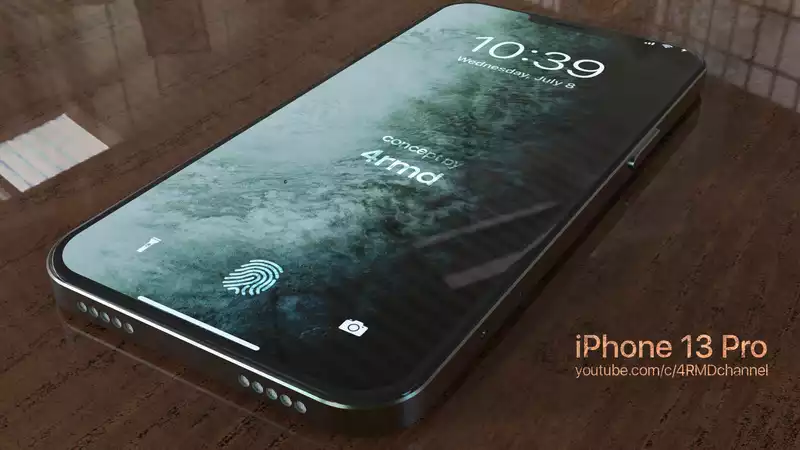If there is one iPhone 13 feature that is getting the most attention for a fall release, besides the prospect of a smaller notch, it is the idea that some iPhones will feature faster refresh rate displays. New reports about the iPhone 13 Pro model make it look like a better bet.
The Elec reports that Apple has lined up a supplier of rigid flexible printed circuit boards needed for the phone's main board and OLED panel. That supplier is Samsung, Apple's main rival in the smartphone business.
It is not unheard of for Apple and Samsung to do business together. The Korean electronics giant already supplies Apple with OLED panels, so it makes sense that Apple would rely on them for RFPCBs as well; The Elec reports that these circuit boards will be used in the iPhone 13's higher-end Pro model, which will benefit from RFPCBs' electrical signal RFPCB's ability to transmit electrical signals at high speeds. Put another way, this is the latest indication that the iPhone 13 Pro and iPhone 13 Pro Max will feature fast refresh displays utilizing low-temperature polycrystalline oxide (LTPO) technology.
Current iPhone 12 models have displays that refresh at 60 Hz, the standard for most phones. However, over the past two years, an increasing number of phones, led by Samsung's flagship models, have adopted screens with faster refresh rates, such as the Galaxy S21 lineup, up to 120 Hz.
The trio of Samsung phones also feature LTPO technology, which allows the phone to dynamically adjust the refresh rate depending on whether or not the user is engaged in an activity that would benefit from a faster refresh rate. For example, if you are scrolling through a web page, a higher rate of 120 Hz means that swiping on the screen will appear smoother. Alternatively, if you are doing a static task, such as viewing a still image, the LTPO screen can slow down the refresh rate to conserve battery power.
The news that Samsung is supplying Apple with these circuit boards adds further weight to rumors that the iPhone 13 Pro and iPhone 13 Pro Max will follow the Galaxy S21 and other phones with dynamic refresh displays when they arrive this fall. Add to that. This would bridge a large gap between the iPhone and several major Android devices.
The iPhone 13 and iPhone 13 mini are also slated for a fall release, but will likely stick to a 60 Hz refresh rate for the OLED screen.
Apple has yet to announce anything about the iPhone 13, but there is no doubt that the phone is well advanced in production. Rumors about the new device suggest that Apple will release four models with the A15 Bionic chip and that the front display notch will be reduced in size on all new iPhones. Expect to learn more about Apple's iPhone 13 plans as the rumored September release date approaches.










Comments